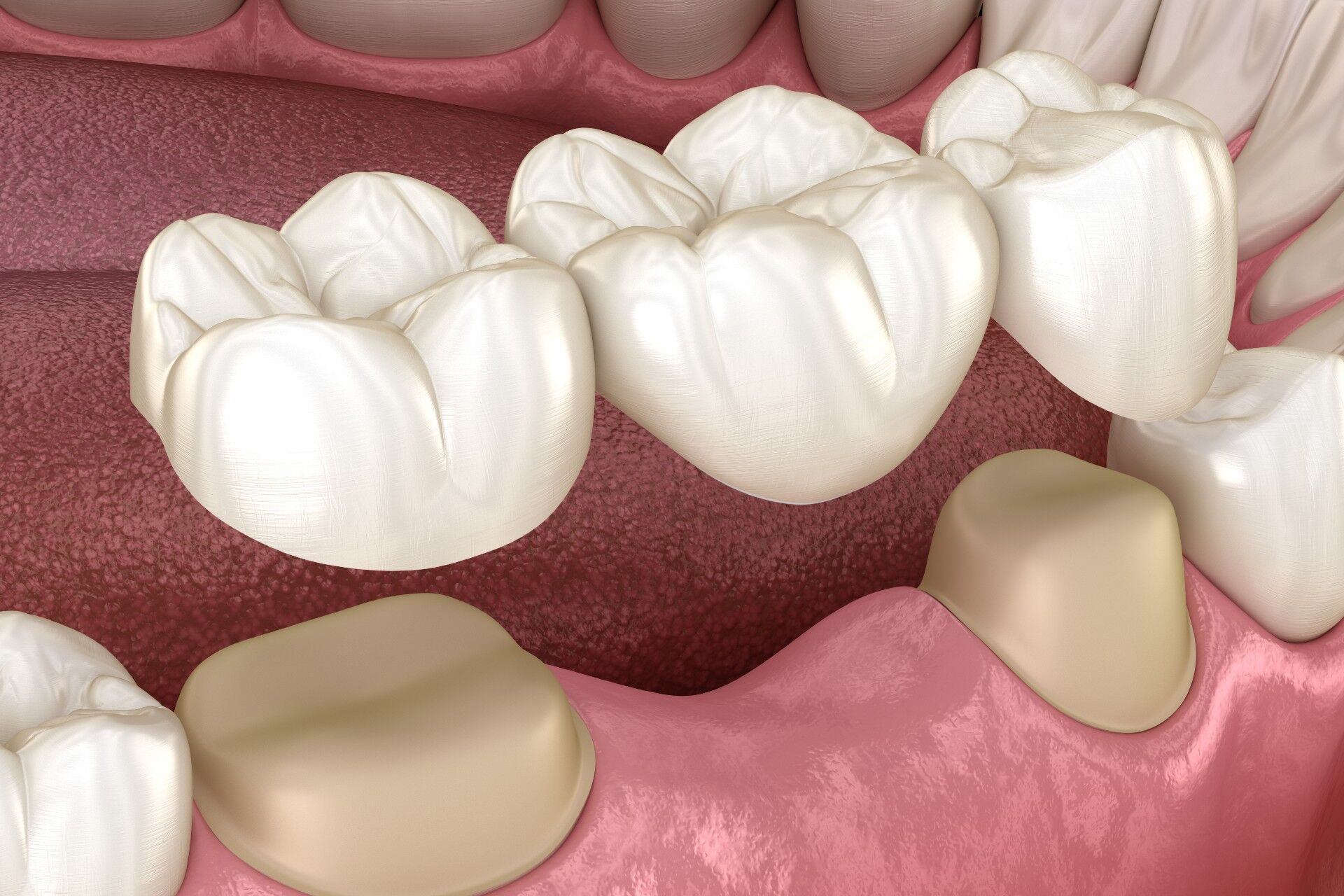The first choice for correcting cavities caused by dental decay is fillings. When a simple filling isn’t enough to address the damage from dental decay, a crown may be necessary. Crowns can save the living root of the tooth. This work removes all the decayed tissue and creates a mounting point where this restoration can be set in place. Saving the living root of your tooth is essential in maintaining your best oral health.
How Dental Crowns Benefit Your Teeth
There are numerous reasons that our dentists may suggest that you receive a dental crown. You may have teeth that have become discolored or are misshapen to the point that more conservative measures won’t work. Other reasons that you may receive a crown include:
- Preventing further damage to an already cracked tooth
- When a large filling is unable to address the concern
- You have teeth that are broken or fractured
How Dental Crowns Are Applied
When a dental crown is called for, you will generally be scheduled for one or two appointments. The first one will prepare your tooth by shaping it so that the finished crown will sit firmly in place. This process begins by anesthetizing the region around the tooth. Once the tooth is prepared, your dentist will take an impression of your mouth. Our team will use Primescan, a digital imaging technology to get the necessary impression.
The crown will then be created in the office using our CEREC device. In most cases, we’ll be able to manufacture your new crown on the same visit. Once completed, it will be inspected to ensure it fits properly and matches the color of your teeth. Your practitioner will then fit it in place. If you need two visits to accomplish your restoration, your dentist will put a temporary crown in place until you return.
Common Types Of Dental Crowns
One aspect that will determine whether you need one or two visits is the type of crown you receive. These are the basic types of dental crown:
- Ceramic or Porcelain Crowns – These crowns are the types produced using the CEREC device or created in a lab. They provide the best natural color and are therefore preferred for restoration of the front teeth.
- Metal Crowns – Although less commonly used, metal crowns are sometimes used on the very back molars. They’re made of metals such as gold, palladium, platinum, or other elements. These have the benefit of preserving more of the tooth and rarely break or chip. However, they’re also very conspicuous.
The Artisan Dental Team Can Help You Learn More About Crown Restorations
The above represents a brief introduction to crowns and the options available to our patients at Artisan Dental in Madison, WI. Choosing the appropriate crown for your oral health concern is best done during a consultation with one of our dentists. Call today and schedule your crown consultation today!

